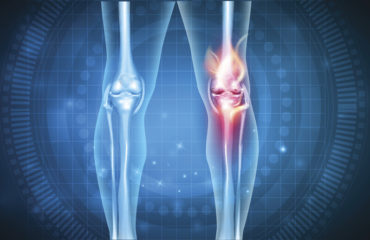Regenerative medicine is based on the utilization of your own cells to repair damaged tissues effectively and safely. This medical specialty focuses on stimulating your own body’s natural ability to heal and repair itself.
There are two main types of regenerative medicine that is used for orthopedic treatments –
- Platelet Rich Plasma (PRP) Therapy — PRP therapy uses platelets and growth factors that are drawn from your own blood.
- Stem Cell therapy — Stem cell therapy uses stem cells harvested from your own adipose (fat) tissue or bone marrow.
Both of the above-mentioned treatments are minimally invasive, outpatient procedures. This means –
- no surgery
- no blood loss
- no post-surgical pain or need for painkillers that are usually needed after surgery
- no hospital stays
- no complications that may arise in surgery
- hardly any risk of rejection or infection
- minimal downtime
- faster recovery
- natural healing
- lasting relief
While the advantages are clear, regenerative medicine isn’t suitable for every injury or illness or for everyone.
Here are three signs that you are a good candidate for regenerative medicine treatments.
- You want relief from joint, tendon or ligament pain.
If you suffer from chronic pain that restricts your normal activities and you have tried conservative treatments (for example, NSAIDs and steroid injections) but they don’t seem to help, the pain could be the result of a degenerative condition.
Regenerative medicine therapy, using your own stem cells or PRP, can promote healing, reduce inflammation and repair some damaged tissue.
- You want to delay or avoid surgery.
Regenerative medicine offers you the option of a minimally-invasive and safe alternative to joint replacement surgery.
- You want to heal faster than from an injury or surgical procedure.
If you’re an athlete with a soft tissue injury, regenerative medicine can accelerate healing, relieve pain and ensure faster recovery.


